





Link Google Form responses to Sheets in 5 easy steps.
By the way, we're Bardeen, we build a free AI Agent for doing repetitive tasks.
If you manage forms and sheets, check out Bardeen's AI Agent. It automates tasks like data entry and updates, making your workflow smoother.
Integrating Google Forms with Google Sheets is a powerful way to automate data collection and streamline your workflow. By connecting your form responses directly to a spreadsheet, you can access and analyze data in real-time without manual data entry. In this step-by-step guide, we'll walk you through the process of setting up a Google Form, linking it to a Google Sheet, and managing your data effectively.
Google Forms and Google Sheets are powerful tools that, when integrated, can streamline your data collection and management process. The basic concept is simple: create a form to gather data, and automatically send the responses to a connected Google Sheet. This integration offers several key benefits:
By connecting your Google Form to a Google Sheet, you can take advantage of the spreadsheet's powerful features, such as sorting, filtering, and creating charts or pivot tables to gain insights from your data.
Bardeen can further enhance your workflow by automating common actions you may want to perform after collecting data in Sheets. Try these playbooks to generate useful reports and insights with AI:
This integration is perfect for a variety of use cases, from customer surveys and event registrations to inventory tracking and performance reviews. Consider using GPT for Google Sheets to further enhance your workflow.
Bardeen can also help enrich the contact information you collect via Google Forms, saving you time on manual research:

Creating a Google Form tailored for data collection is a straightforward process:
To optimize your form for seamless integration with Google Sheets, consider the following tips:
Save time by automating LinkedIn profile enrichment right in Google Sheets using Bardeen.
Bardeen can also help you streamline the process of enriching and qualifying data collected from your Google Form after it's submitted to a Google Sheet. Try these playbooks to extend your workflow:
By creating a well-structured and optimized Google Form, you'll be able to collect the data you need efficiently and set the stage for a smooth integration with Google Sheets. For more advanced tasks, you can connect Google Docs for additional data management options.
Connecting your Google Form to a Google Sheet is a simple process that allows for real-time data updates. Here's how to do it:
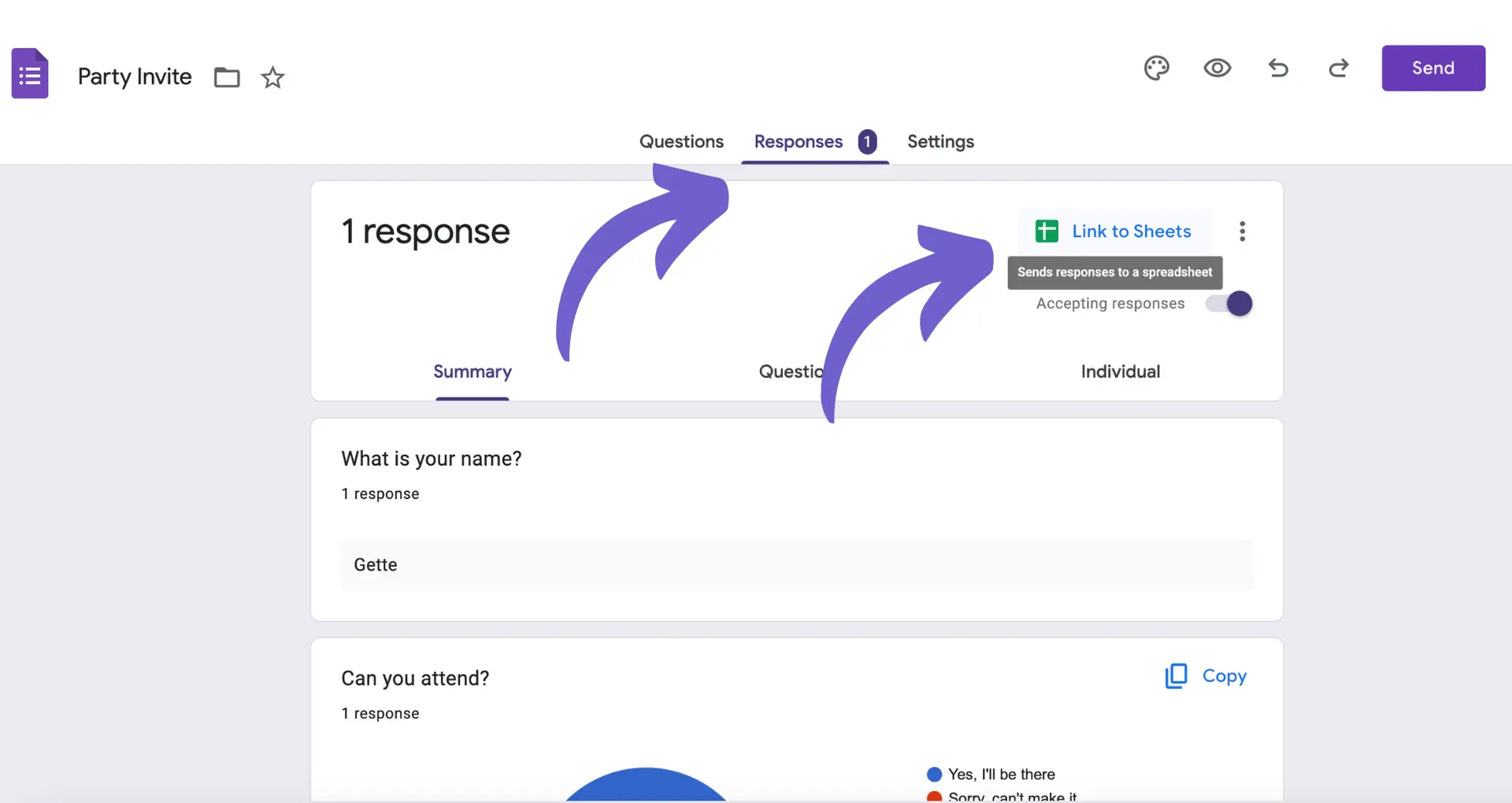
Once you've completed these steps, your Google Form will automatically send all new responses to the linked Google Sheet. This real-time data transfer is crucial for several reasons:
Bardeen can help you automate actions on your linked Google Sheet to save even more time. Try these playbooks to sync data between your sheet and other apps:
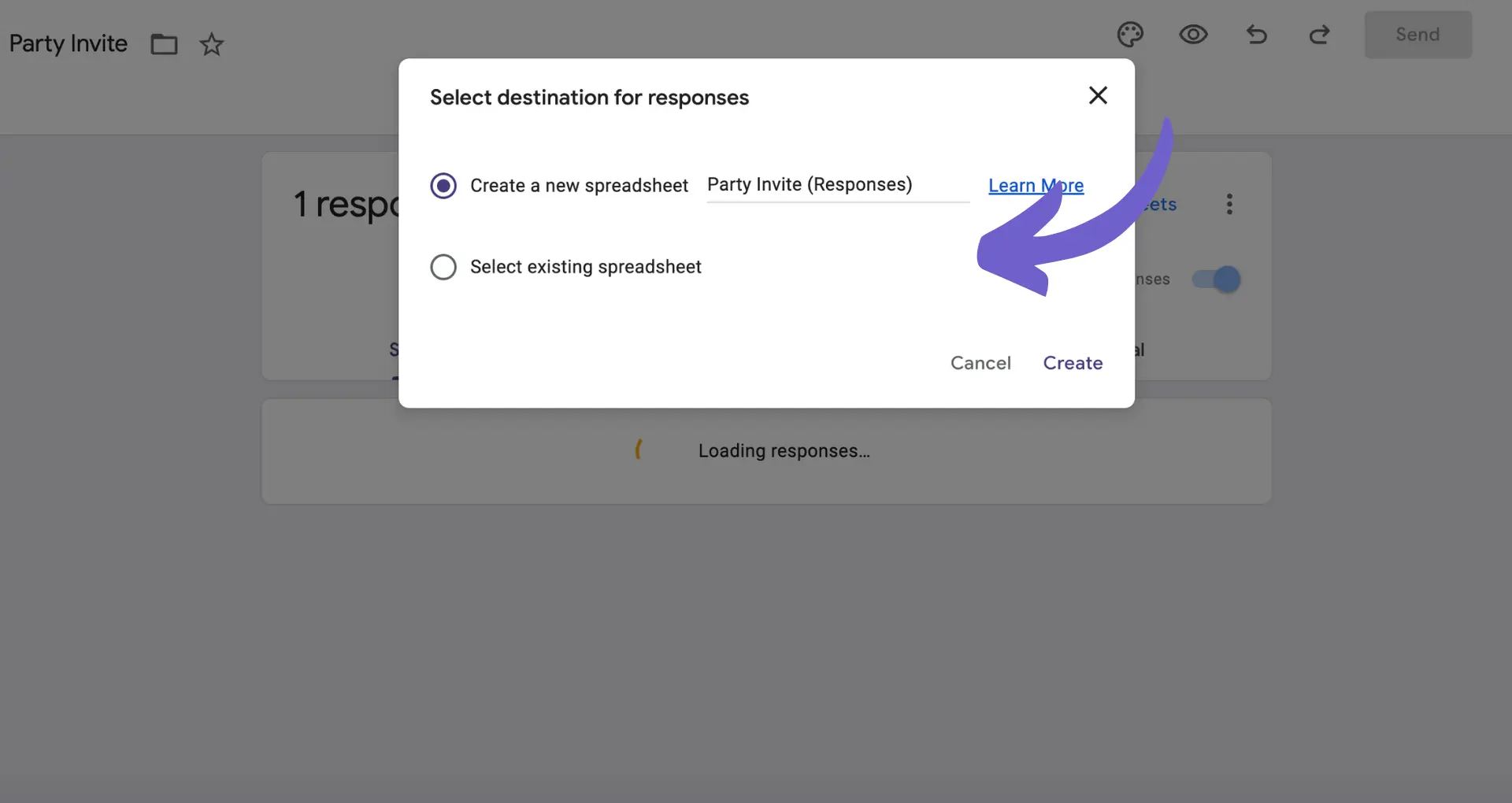
For even more efficiency, you can also integrate Google Drive with other apps to manage your files seamlessly. By setting up this automatic link between your Google Form and Google Sheet, you'll be able to efficiently manage and utilize the data you collect.
Bardeen can also help you trigger automated actions when your linked Google Sheet is updated with new form responses:
Once your Google Form is linked to a Google Sheet, you can easily access and manage the collected data. Here's how:
Bardeen can automate many data management tasks in Google Sheets, helping you organize, analyze, and take action on your form responses. Try these playbooks to enhance your data:
Other useful data management techniques include:
By leveraging these tools and techniques, you can effectively manage and analyze the responses collected through your Google Form, making it easier to gain insights and make data-driven decisions. For more advanced data handling, consider using integrations with Excel.
Want to streamline your spreadsheet workflows? Integrate Excel with Bardeen to automate tasks and save time.

Google Sheets offers powerful functions like QUERY and FILTER that allow you to sort and analyze form responses based on specific criteria. Here's how to use them:
Using the FILTER function:
Bardeen can automate the process of qualifying and saving data from various sources directly into Google Sheets, making it easier to apply filtering functions. Try these playbooks:
Using the QUERY function:
Practical applications include:
Bardeen can also help you quickly gather relevant data from Google searches and save it to Google Sheets for further analysis:
By mastering these functions, you can quickly automate enrichment of your form data and make informed decisions based on your specific needs.
There may be situations where you need to unlink a Google Form from its connected Google Sheet. Here's how to do it safely:

Unlinking a form is necessary when:
Keep in mind that unlinking a form does not delete existing data in the sheet. However, any new responses submitted after unlinking will not be added to the sheet.
Bardeen can automate the process of unlinking a Google Form from a sheet when needed, saving you time and reducing the risk of human error:
To maintain data integrity, consider the following:
Bardeen can also help you automatically save data from various sources like LinkedIn directly to Google Sheets, ensuring you always have the latest information in one place:
By carefully managing the linking and unlinking of forms and sheets, you can ensure data privacy while still leveraging the power of Google Forms and Sheets integration.
Save time and automate your form responses directly into Google Sheets with Bardeen. Try it now.
Google Sheets offers various add-ons that can help automate data management tasks and streamline your workflows. One such tool is Sheetgo, which allows you to:
To set up an automated workflow using Sheetgo:

Other popular add-ons for automating tasks in Google Sheets include:
By leveraging these add-ons, you can save time, reduce errors, and create efficient workflows that automate lead management and seamlessly integrate data from multiple Google Forms and Sheets.
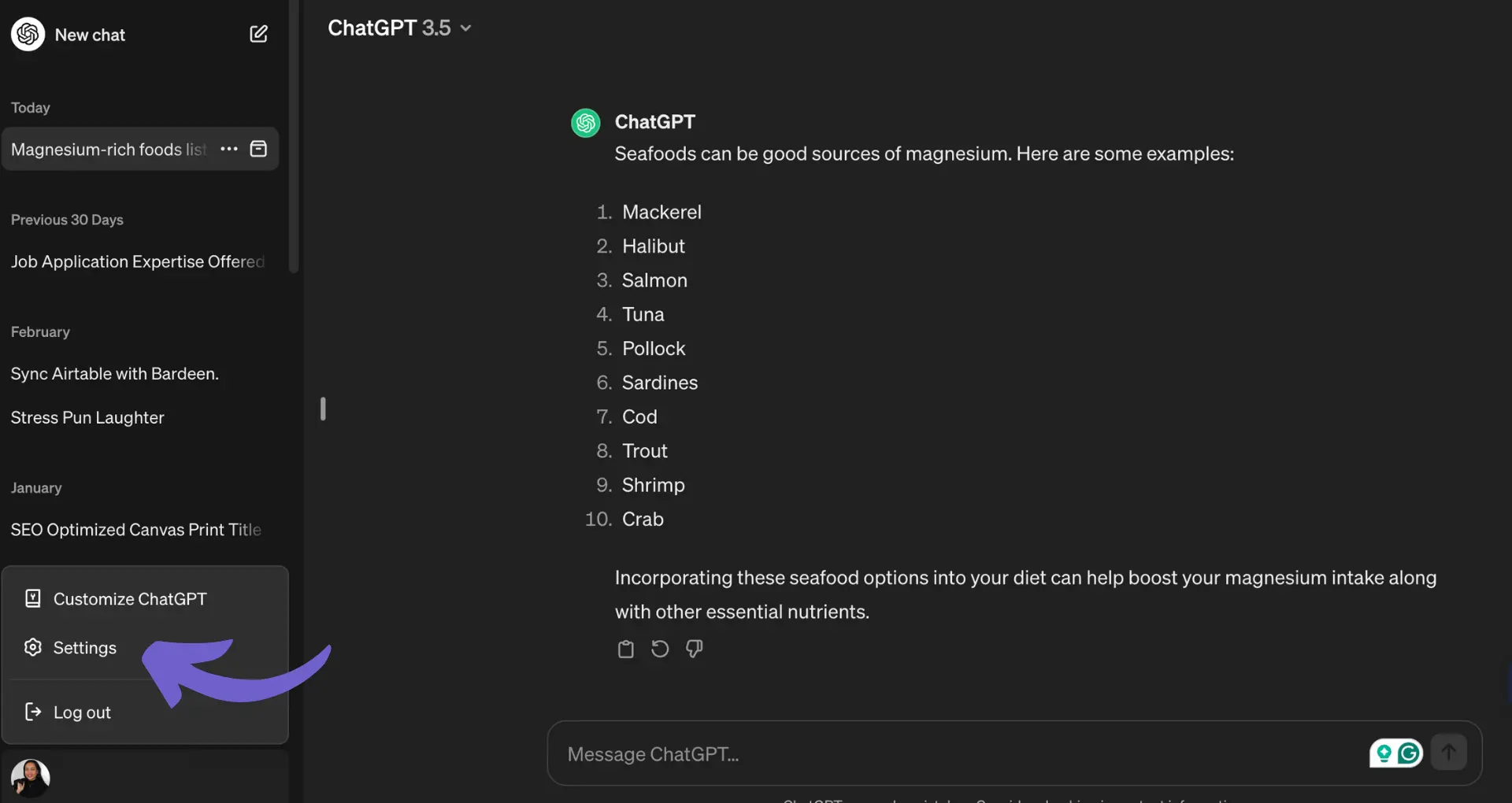
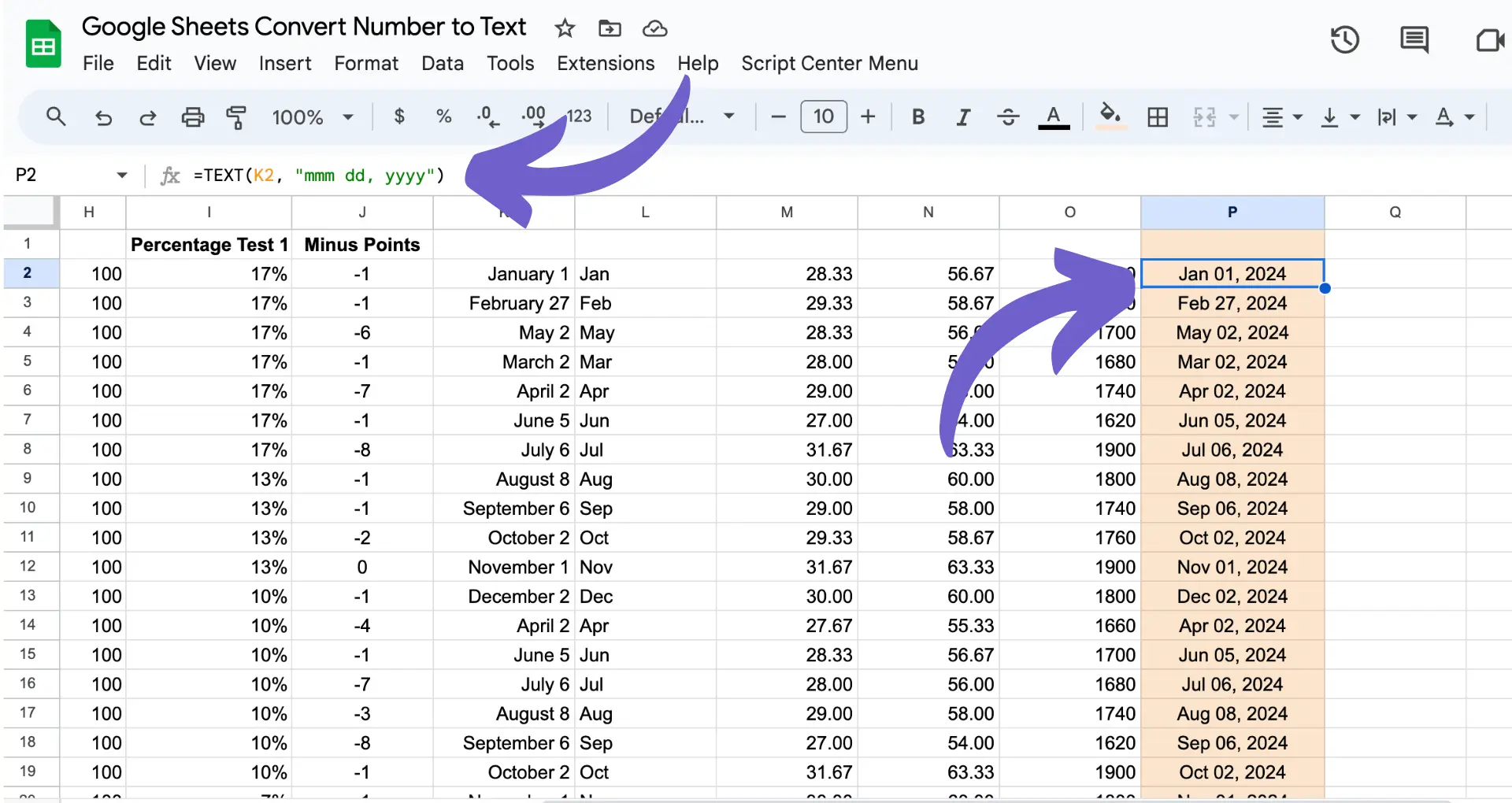
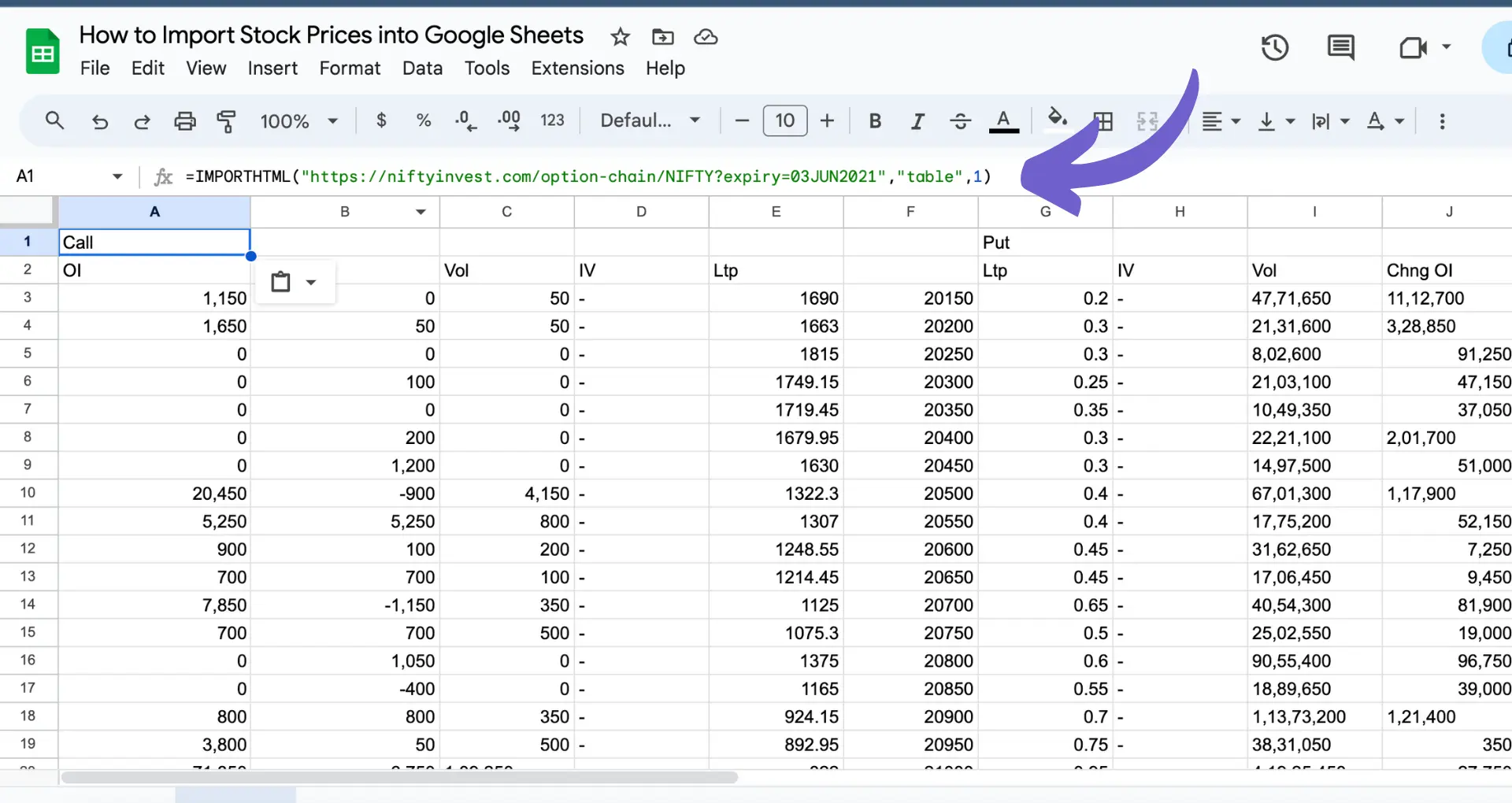







SOC 2 Type II, GDPR and CASA Tier 2 and 3 certified — so you can automate with confidence at any scale.
Bardeen is an automation and workflow platform designed to help GTM teams eliminate manual tasks and streamline processes. It connects and integrates with your favorite tools, enabling you to automate repetitive workflows, manage data across systems, and enhance collaboration.
Bardeen acts as a bridge to enhance and automate workflows. It can reduce your reliance on tools focused on data entry and CRM updating, lead generation and outreach, reporting and analytics, and communication and follow-ups.
Bardeen is ideal for GTM teams across various roles including Sales (SDRs, AEs), Customer Success (CSMs), Revenue Operations, Sales Engineering, and Sales Leadership.
Bardeen integrates broadly with CRMs, communication platforms, lead generation tools, project and task management tools, and customer success tools. These integrations connect workflows and ensure data flows smoothly across systems.
Bardeen supports a wide variety of use cases across different teams, such as:
Sales: Automating lead discovery, enrichment and outreach sequences. Tracking account activity and nurturing target accounts.
Customer Success: Preparing for customer meetings, analyzing engagement metrics, and managing renewals.
Revenue Operations: Monitoring lead status, ensuring data accuracy, and generating detailed activity summaries.
Sales Leadership: Creating competitive analysis reports, monitoring pipeline health, and generating daily/weekly team performance summaries.